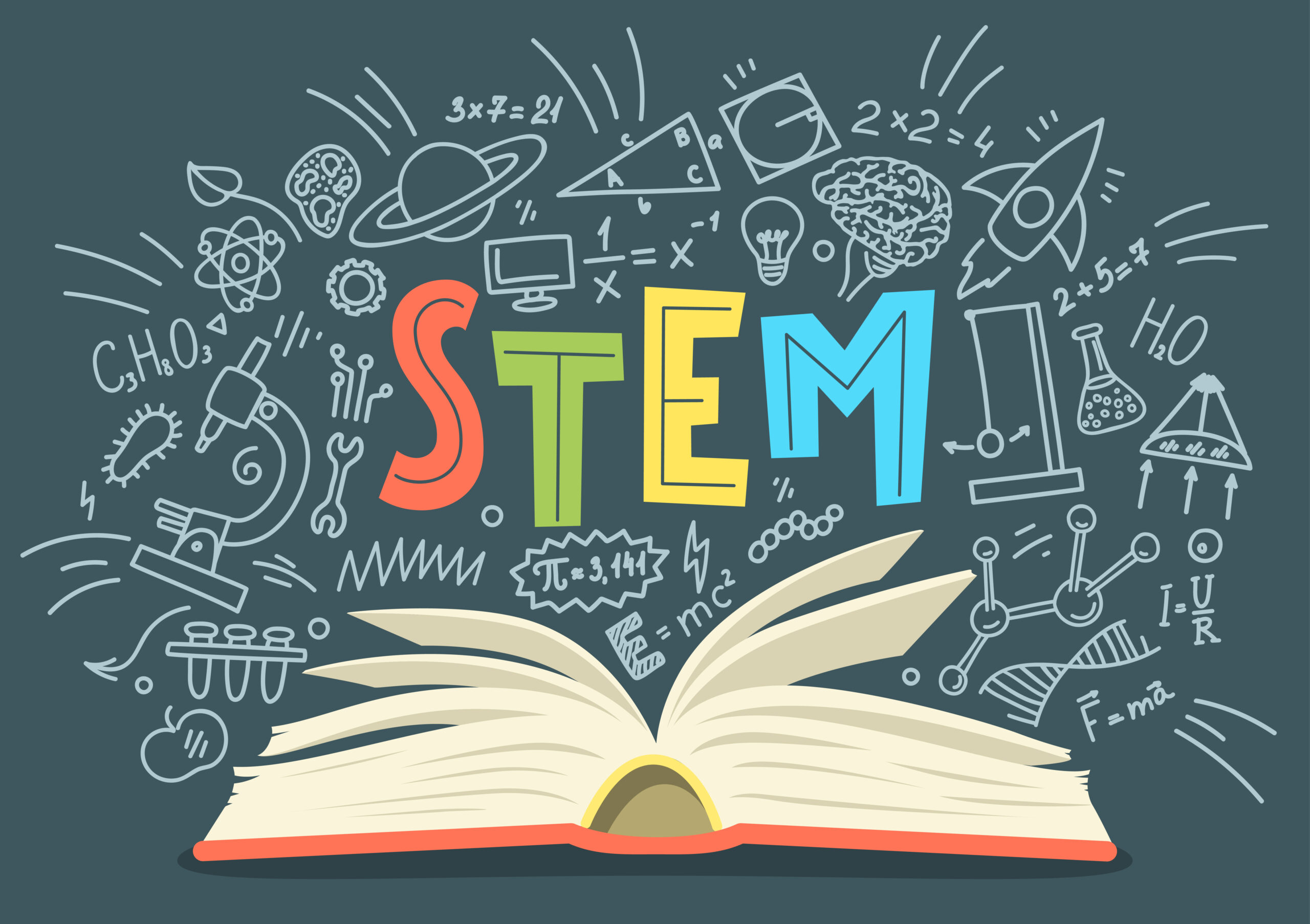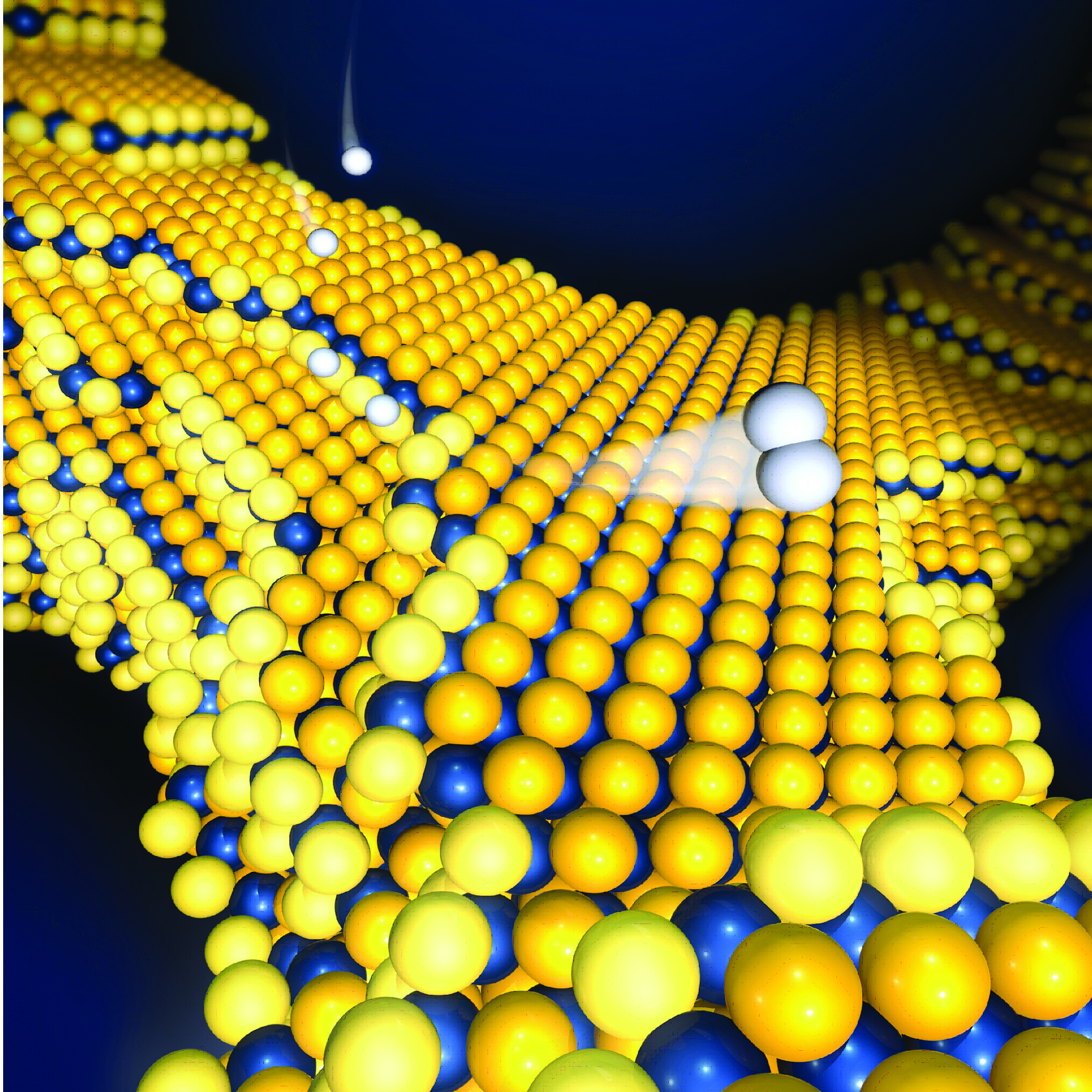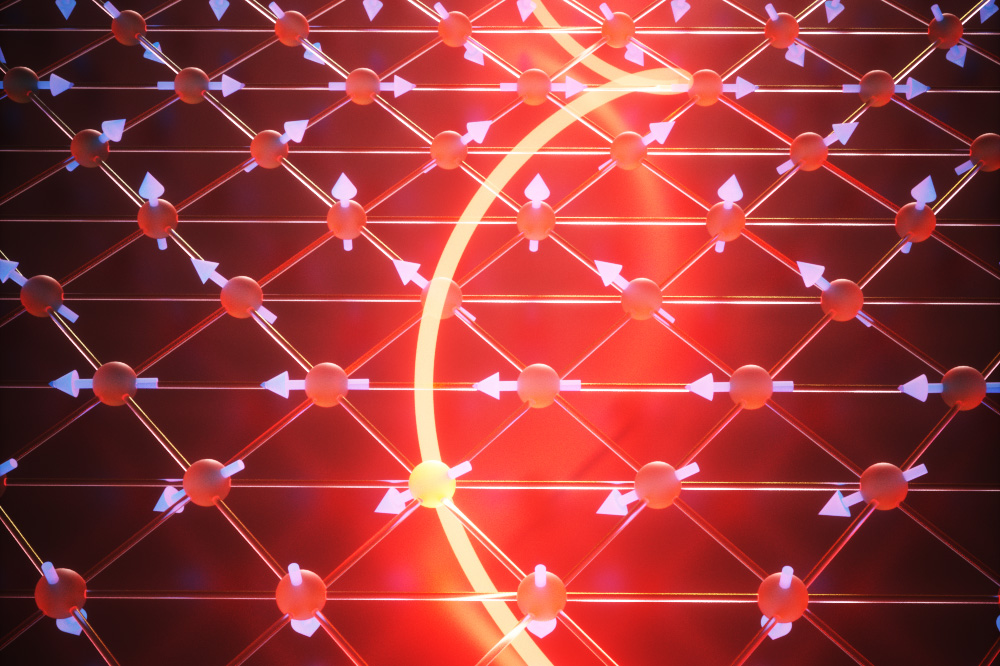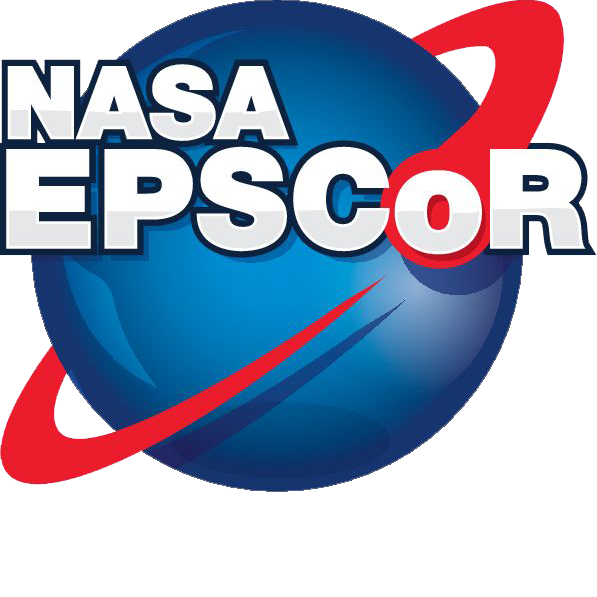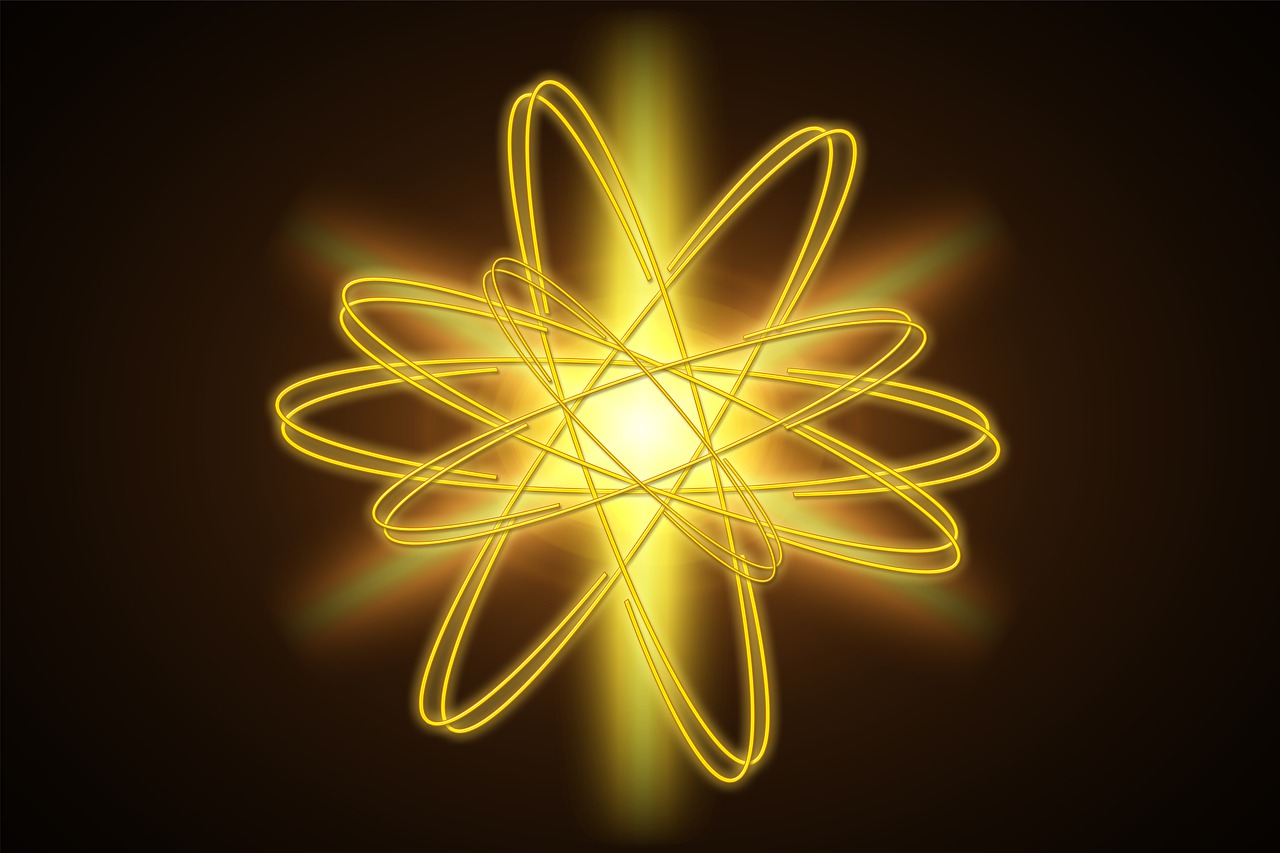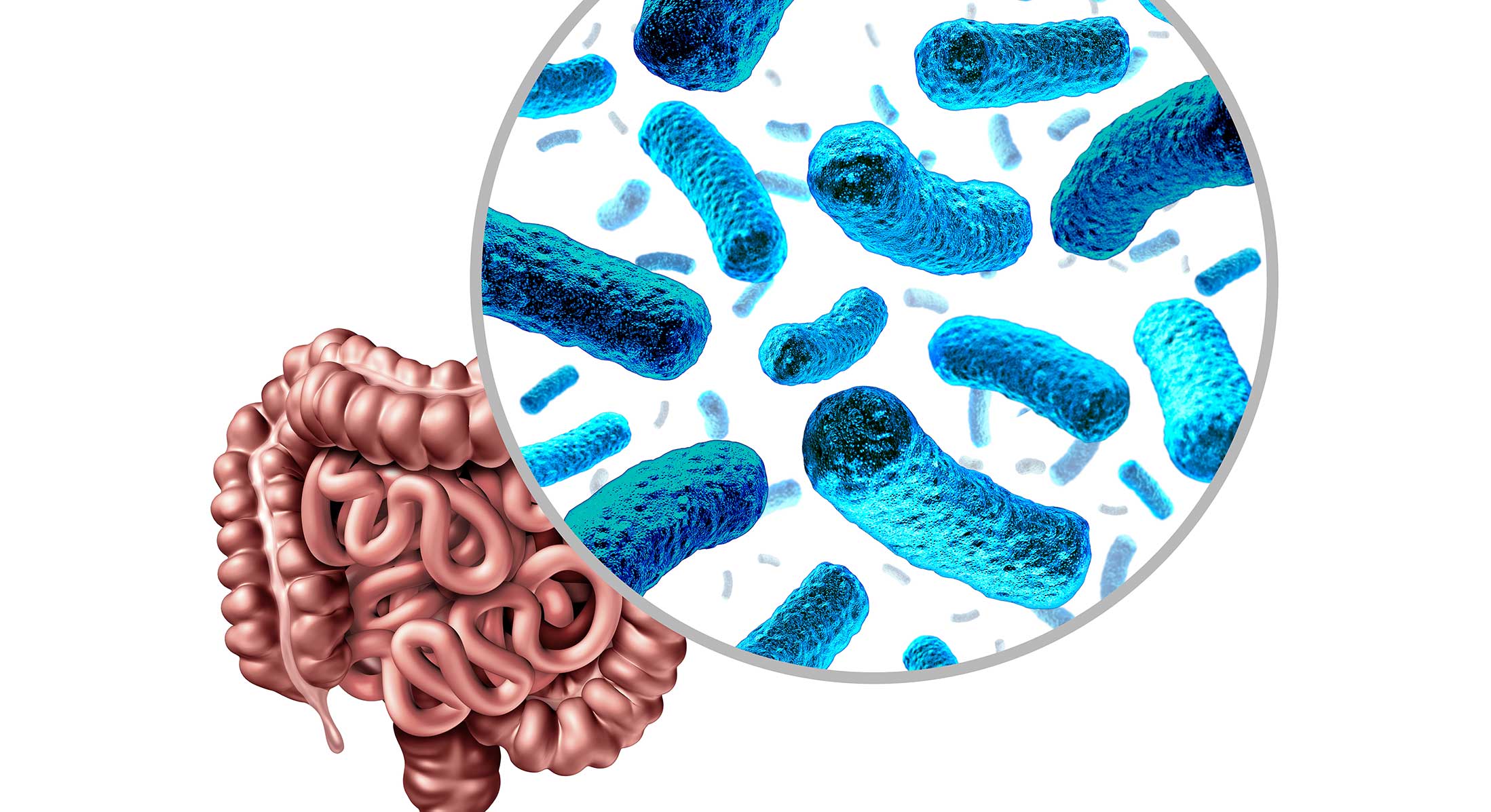Center for the Advancement of Weareable Technologies (CAWT): Engineered (Bio)Interfaces, Energy Harvesting/Storage and Data Analytics of Health and Diagnostic Monitoring
Investigador: Dr. Juan M. López Encarnación Departamento: Matemática-Física Descripción: The Resource Center for Science and Engineering (RCSE) received the EPSCoR Ril Track-1 Award #OIA-1849243 from NSF for the development of the Center for the Advancement of Wearable Technologies (CAWT): Engineered (Bio)Interfaces, Energy Harvesting/Storage and Data Analytics for Health and Diagnostic Monitoring. CAWTwill: (1) advance the fundamental…



